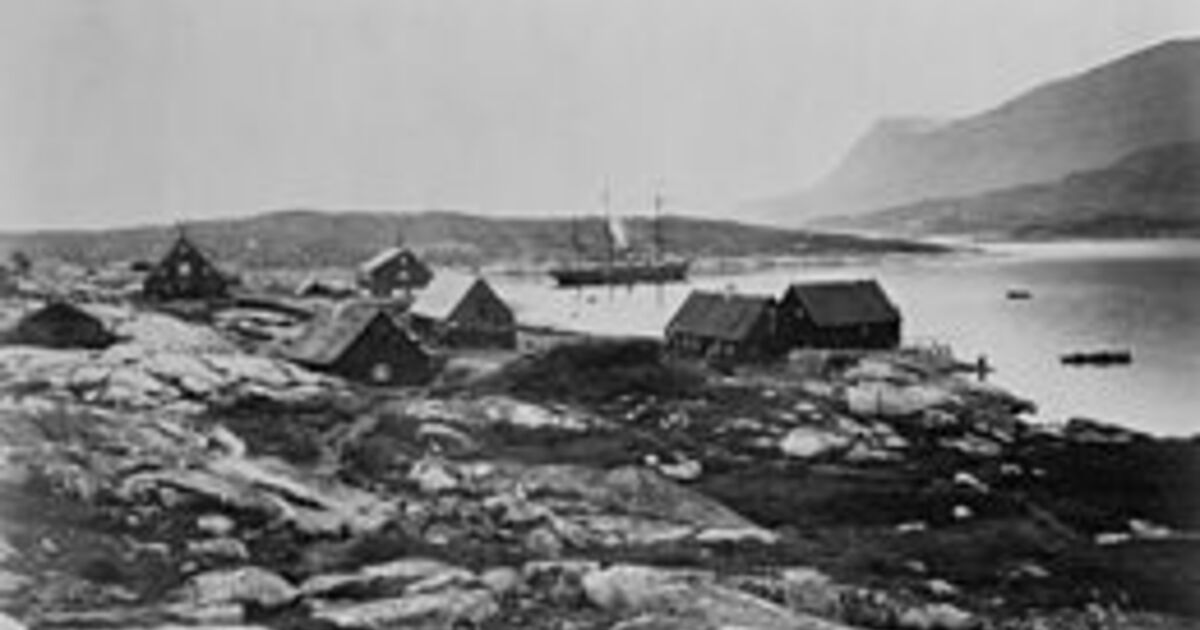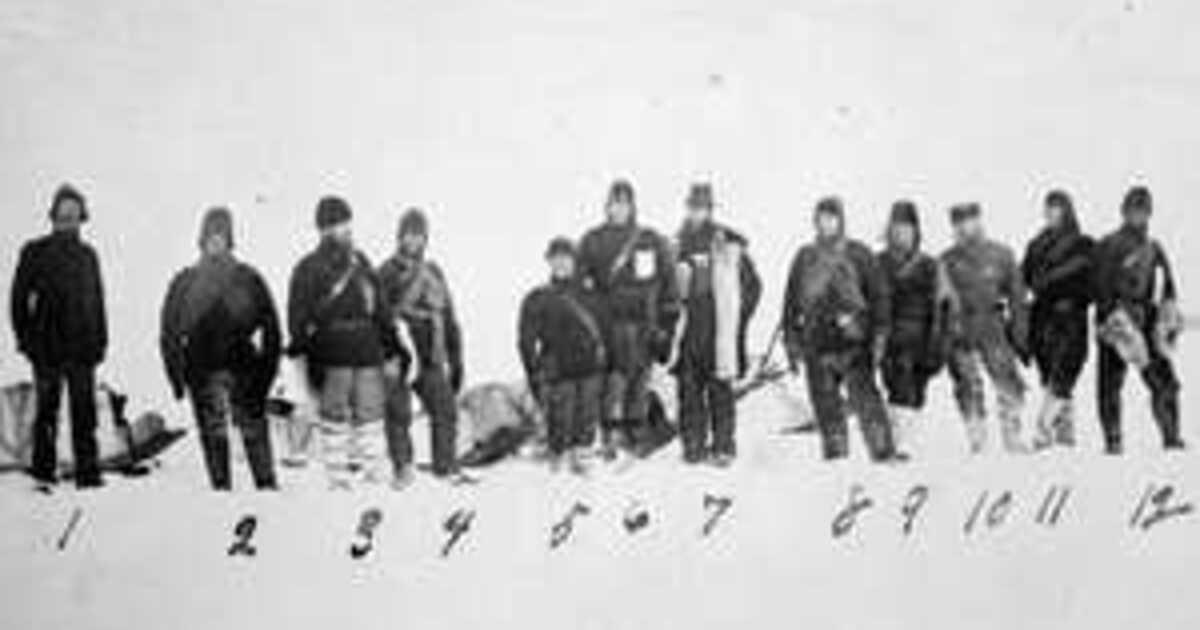Expedition Context
Greely and his team of 24 men departed in 1881 from St. Johns, Newfoundland, on the Proteus. Congress had approved the funding of a weather station at Lady Franklin Bay, and Greely also had the goal of setting a record for the closest approach to the North Pole at the time. On August 11th, they reached Ellesmere Island to establish Fort Conger as their base. On August 26th, the Proteus left Lady Franklin Bay, anticipating a long journey ahead. They would be reliant on the scheduled resupply ships to return in 1882 and 1883 for their survival.
The first major issue arose when, on July 8th, 1882, the resupply ship Neptune departed from St. John's, attempting to reach Greely’s team with essential food and supplies for their mission. The previous summer had been particularly warm, and as a result, the thinner ice when Greely’s crew was dropped off gave an unrealistic expectation of how accessible their location would be in normal icier conditions. Hence, when the Neptune attempted to reach the location of Greely’s team, the ice was too thick and heavy, inhibiting their ability to proceed, forcing them to leave the supplies at Cape Sabrine, 100 miles away from Greely’s crew. They had to live off of the limited resources they had and hunted for survival to get through the winter.
On June 28th, 1883, another resupply attempt failed. The Proteus left St. Johns and was caught and crushed by thick ice. Lt. Ernest Garlington and his crew managed to escape on small boats for 40 days until found. This second failed attempt led to Greely making the decision to head south in small boats to Cape Sabine, where relief vessels were supposed to leave supplies if they could not make it to their destination, and leaving behind the seals at Fort Conger that were providing some food. They quickly had to transfer into ice floes because of conditions, and landed at Eskimo Point 51 days later, arriving at Cape Sabine in October. Instead of finding a large supply of goods as was expected, they found only weeks worth of food and a note left by Garlington. After this discovery, Greely had to decrease their daily rations significantly moving forward.
In January 1884, the men on the crew were suffering from scurvy and starvation, eating anything available from candle wax to bird droppings. The first member of the crew died on January 18th, and more deaths followed. Private Charles Henry was caught stealing food over four and was shot for these actions.
Henrietta Greely, Lieutenant Greely’s spouse, continuously pressed the government to make another rescue attempt, using the press and lobbying government officials to gain publicity and traction. She was finally successful in her efforts, and the Secretary of the Navy, William E. Chandler bought two ships, the Bear and the Thetis, electing Commander Schley to lead the rescue mission, impressed by his wealth of experience, attention to detail, and reputation of bravery.
Schley differed the rescue approach from the first two attempts, bringing on board thousands of pounds of food and issuing officers and sailors emergency personal kits for surviving on the ice for months, given the outcomes of the last two resupply attempts. He also brought explosives on board to clear out and navigate through the ice when necessary, willing to do whatever it took for a successful mission. On May 4th, 1884, the Bear left St. Johns, followed by the Thetis with Commander Schley onboard. June 22nd, 1884, was an important and emotional day, as Schley and his crew finally arrived at Cape Sabine, sending men onshore to look for survivors. When Greely was found, he mustered with emotion and weakness: “Seven of us left. Here we are, dying like men. Did what I came to do - beat the record [of Farthest North]”. This number turned to six survivors when they finally returned. Schley later received the rank of Rear Admiral in the U.S. Navy and is remembered as the “Navy man who saved Greely”.


